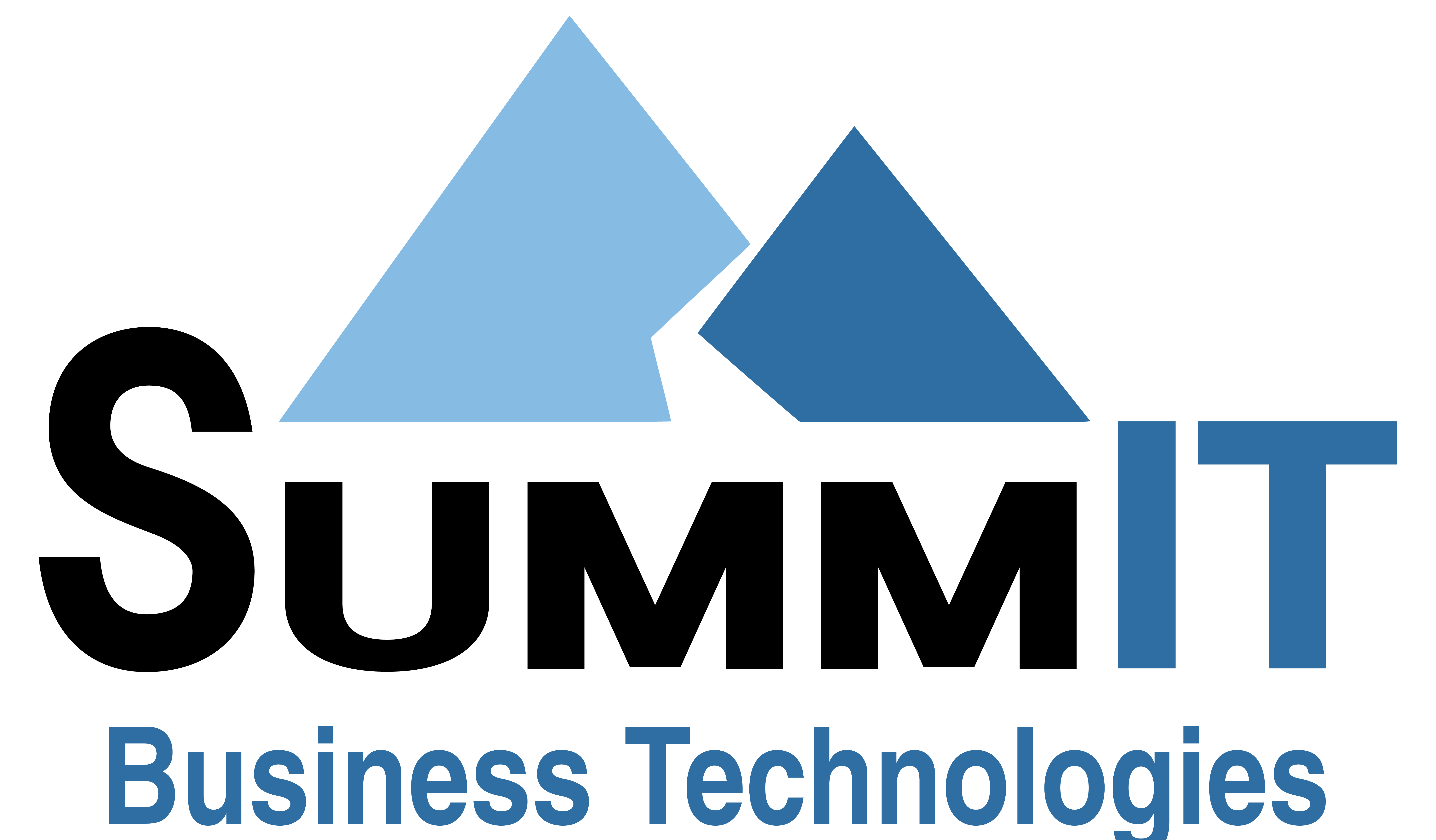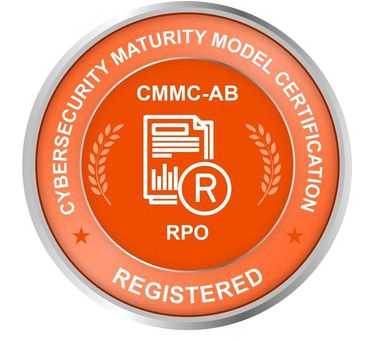Businesses today face a range of cybersecurity threats, from social engineering attacks to sophisticated ransomware. For businesses both large and small, protecting your network and data is crucial to the success of your business. Any vulnerability in your network can compromise your sensitive data, operational integrity, and stakeholder trust. This is why finding those vulnerabilities is the first step to a robust cybersecurity footprint and why routine security assessments or tests should be part of your business processes.
Benefits of routine security tests
A security assessment typically looks at the effectiveness of an organization’s security measures and protocols. Here are some of its benefits:
Identifies vulnerabilities: Through regular security assessments and scans, you can easily identify weaknesses in your system and proactively address potential threats before they can be exploited by cybercriminals.
Assesses security measures: Regular assessments allow you to establish continuous monitoring of security protocols. This helps you gauge the effectiveness of your security measures and make necessary changes when needed.
Ensures compliance: Security assessments help align your security practices with industry standards and reduce the risk of your business running into any compliance issues.
Prevents data breaches: The threat landscape is continuously evolving, so too should your security. Through routine security scans, you can easily identify and address new vulnerabilities and fortify your organization against unauthorized access and potential data breaches.
Optimizes incident response: Even the most well thought out response plan can be cumbersome and inefficient if no one knows what to do. Regular testing helps you refine and improve your incident response plan and ensures your security preparedness plan is effective and up to date.
Strengthens resilience: Much like regular exercise, regular security assessments helps you build a solid security posture, enhancing your organization’s ability to endure and recover from cyberattacks.
Helps avoid financial losses: By taking proactive measures to identify and address security risks, you can prevent potential financial losses associated with data breaches, legal implications, and operational disruptions.
Fosters continuous improvement: Regular assessments fosters a culture of continuous improvement, allowing you to adapt and evolve your security strategies based on emerging threats and industry best practices. 
Essential security assessment and testing methods: By leveraging security assessments and testing, you can assess the effectiveness of your organization’s security measures. Here are two of the most efficient methods that can help you build a robust cybersecurity landscape for your business:
Penetration testing: Also known as pen testing, this involves simulating real-world cyberattacks on an organization’s network. The simulations provide valuable insights that help organizations identify and address security gaps before they can be exploited by cybercriminals.
Vulnerability assessments: This method involves using stakeholder interviews, governance documents reviews and automated tools to scan networks, systems, policies, procedures and applications for known vulnerabilities, misconfigurations, or weaknesses. It helps organizations build a robust cybersecurity posture by proactively prioritizing and addressing potential threats before they can do any harm.
How can Summit Help?
When it comes to the security of your network, you cannot take any chances. That is why you should let the experts handle the heavy lifting. Consider partnering with a Cybersecurity Service Provider like us. We can efficiently assess your organization for you and ensure your digital defenses stay protected. Contact us for a no-obligation consultation and take the first step towards a more secure future.
Book time with Ken Cikanovich: Services Discussion










